POLSKA.FM
The Łemko Minority: Preserving a Distinct Cultural Identity
Hidden among the Carpathian hills and forested valleys of southeastern Poland lies a story both tragic and inspiring—the story of the Łemkos. As a Slavic highlander group with deep-rooted Orthodox and Greek Catholic traditions, the Łemkos have spent centuries maintaining their unique language, customs, and architecture, despite displacement and assimilation efforts. Today, their folk songs still echo through mountain villages, their wooden churches stand defiant against time, and their cultural revival is breathing new life into a people once thought lost to history.
Echoes in the Hills: Who Are the Łemkos?
The Łemkos are a small yet resilient ethnic group whose historical homeland stretches across the Carpathian arc, especially in what is now southeastern Poland. Descended from Rusyn-speaking Eastern Slavs, they possess a rich cultural mosaic shaped by Orthodox Christianity, folk tradition, and a mountainous way of life. Their dialect, often considered a variant of Rusyn, includes Polish, Slovak, and Ukrainian elements but remains distinct. This unique identity evolved organically over centuries, nestled between empires, languages, and shifting borders. Yet despite their isolation, the Łemkos developed a vibrant artistic expression—carving intricate iconostases, weaving bright folk garments, and preserving storytelling traditions passed orally through generations. Their communities once thrived in wooden hamlets scattered through the Beskid ranges, where life was intimately connected to nature, seasons, and ritual. Even today, their cultural footprint is visible in architecture and language—testament to the endurance of a small people in a turbulent land.
A Homeland Disrupted: Operation Vistula and Forced Resettlement
The most devastating blow to Łemko life came in 1947 under Operation Vistula (Akcja “Wisła”), a government campaign that forcibly uprooted over 140,000 people—Łemkos included—from their ancestral lands. Officially conducted to suppress Ukrainian nationalism, the operation treated the Łemko population as a suspect group and scattered them across Poland’s Recovered Territories. Families were placed on farms vacated by expelled Germans, where they were forbidden to settle together, effectively dissolving centuries-old village networks. Their churches were shuttered or repurposed, their language discouraged, and their identity nearly erased. For many Łemkos, this traumatic dislocation fractured not just geography but generational memory, isolating younger descendants from their roots. Yet even in displacement, resilience grew quietly. Communities found new ways to gather, hold festivals, and keep their customs alive, often in secret. Operation Vistula remains a painful chapter—but it also marks the beginning of a cultural resistance that has since sparked renewal.
Faith, Ritual, and the Łemko Spirit
At the heart of Łemko identity lies an unshakable connection to faith and ritual, expressed vividly through their sacred art and wooden ecclesiastical architecture. The onion-domed cerkwie, built without nails, are among the most iconic visual symbols of Łemko culture. These churches, often tucked into hillsides or ringed by ancient cemeteries, blend Orthodox and Eastern Catholic traditions in a uniquely Łemko style. Inside, richly painted icons and gold-leafed iconostases reflect both spiritual devotion and a deep aesthetic sensibility. The church calendar remains central to community life, anchoring it with feasts like Christmas, Epiphany, and Easter celebrated with candlelit processions, folk songs, and symbolic meals. Ritual and religion for the Łemkos are not passive practices—they are active assertions of survival, passed down not just through scripture but through song, embroidery, and seasonal festivals. Even after displacement, these sacred rhythms remain a lifeline to identity and collective memory.
The Language of Belonging
Language, for the Łemkos, is both a tool of expression and a political statement. The Łemko-Rusyn dialect, while closely related to Rusyn spoken in Slovakia and Ukraine, occupies a unique linguistic middle ground. It has no official status in Poland, but that has not prevented passionate efforts to document, teach, and preserve it. In villages like Zyndranowa and Bielanka, older residents still speak Łemko at home, while cultural organizations publish bilingual children’s books and offer courses for younger generations. The language bears witness to centuries of coexistence—infused with Polish idioms, Orthodox liturgical terms, and traces of Hungarian and Slovak influence. To speak Łemko today is an act of cultural preservation and revival, especially as post-Communist Poland increasingly embraces its minority voices. Through schools, choirs, and media, the language is being passed on—not only as a means of communication, but as a declaration that the Łemko story endures.
Cultural Renaissance and Modern Identity
In recent decades, the Łemko community has experienced a cultural renaissance, reclaiming lost traditions and creating new spaces for expression. Annual festivals such as Watra, a multi-day celebration of Łemko heritage, attract thousands of participants from Poland, Slovakia, Ukraine, and the global diaspora. These events showcase traditional dances, choral music, handicrafts, and folk cuisine—yet they are also forums for dialogue about identity, history, and minority rights. Young Łemkos are increasingly engaging with their roots through art, music, and academic research, redefining what it means to be Łemko in a modern, pluralistic Poland. Digital platforms now allow dispersed families to reconnect, share stories, and collaborate on projects. While challenges remain—especially around official recognition and lingering prejudices—the cultural revival is both grassroots and hopeful. It reflects a people not only surviving but actively shaping their future, grounded in memory but reaching toward new horizons.
Between Mountains and Memory: A Living Legacy
The story of the Łemkos is one of dislocation, resistance, and return. Their small numbers belie a rich cultural legacy that continues to shape Poland’s ethnic landscape. In the wooden churches weathered by centuries, in the songs sung at Watra, in the whispered dialects of grandmothers to their grandchildren, the Łemko spirit endures. It is a culture defined not by political borders but by an unbroken thread of tradition, artistry, and quiet pride. To encounter the Łemko story is to witness the power of identity preserved not through might, but through faith, family, and an enduring love for the land. As Poland continues to reckon with the diverse threads that compose its national fabric, the Łemkos remain a vivid reminder that even the smallest voices, when true to themselves, can sing the loudest across generations.
